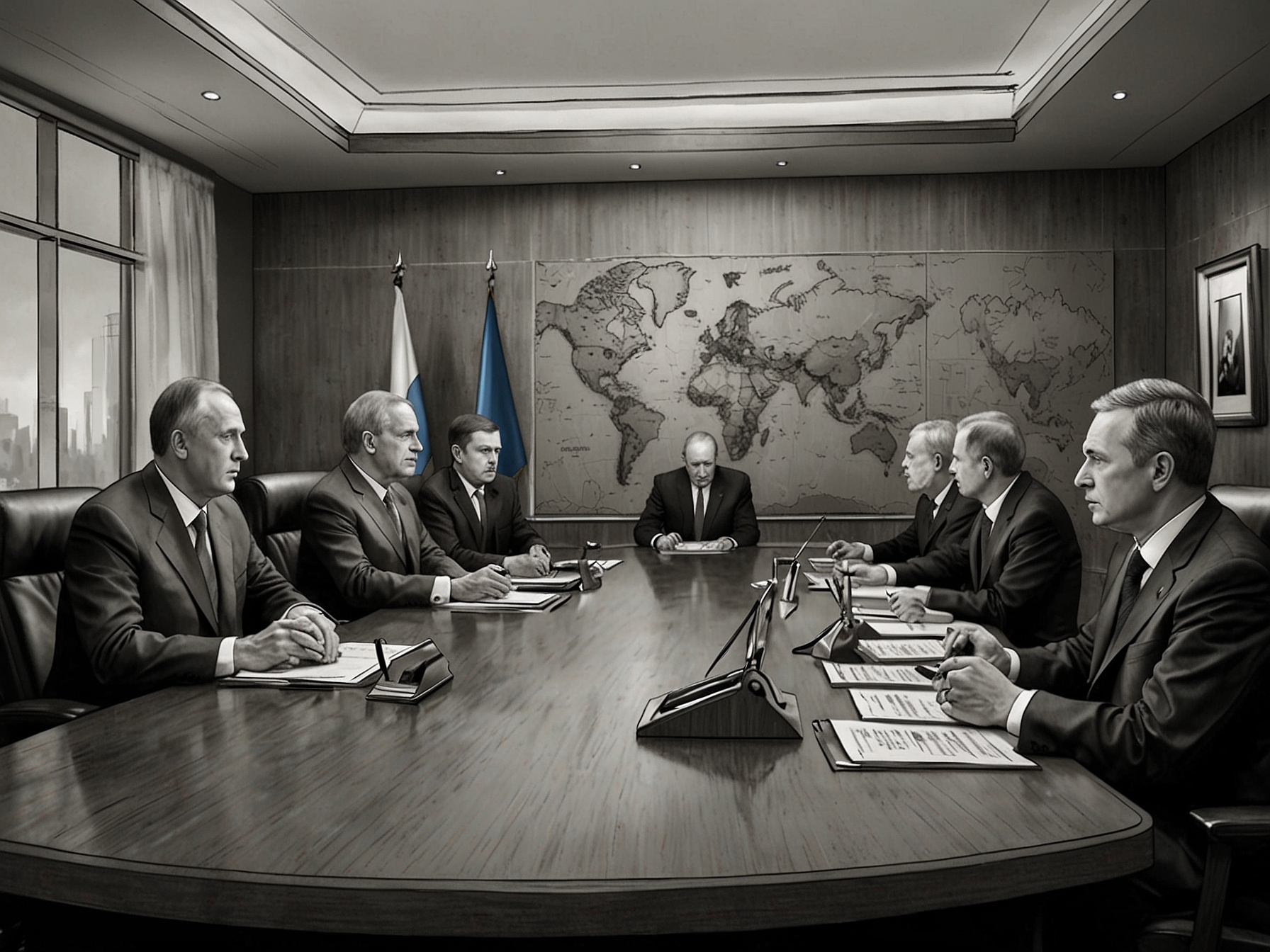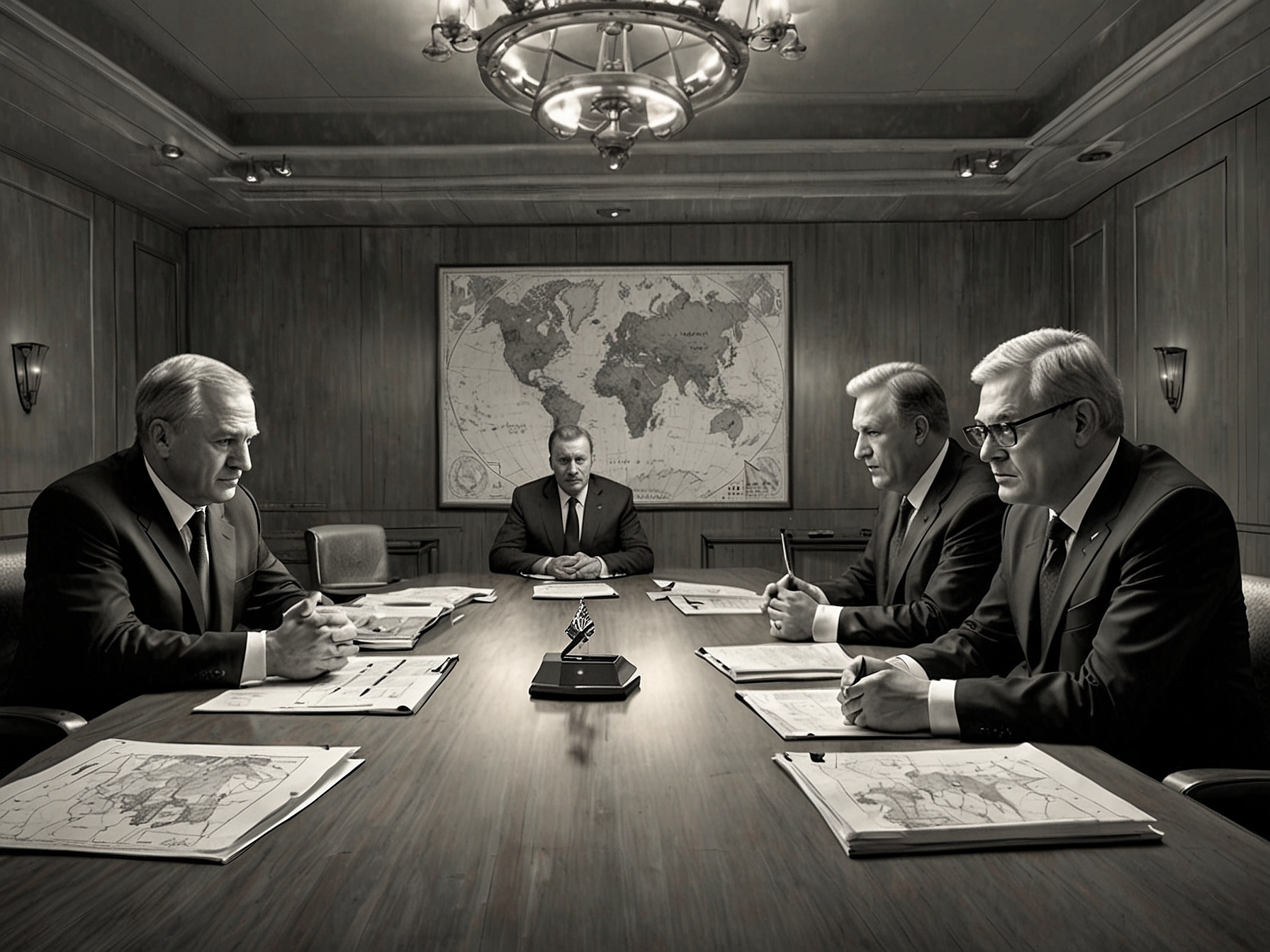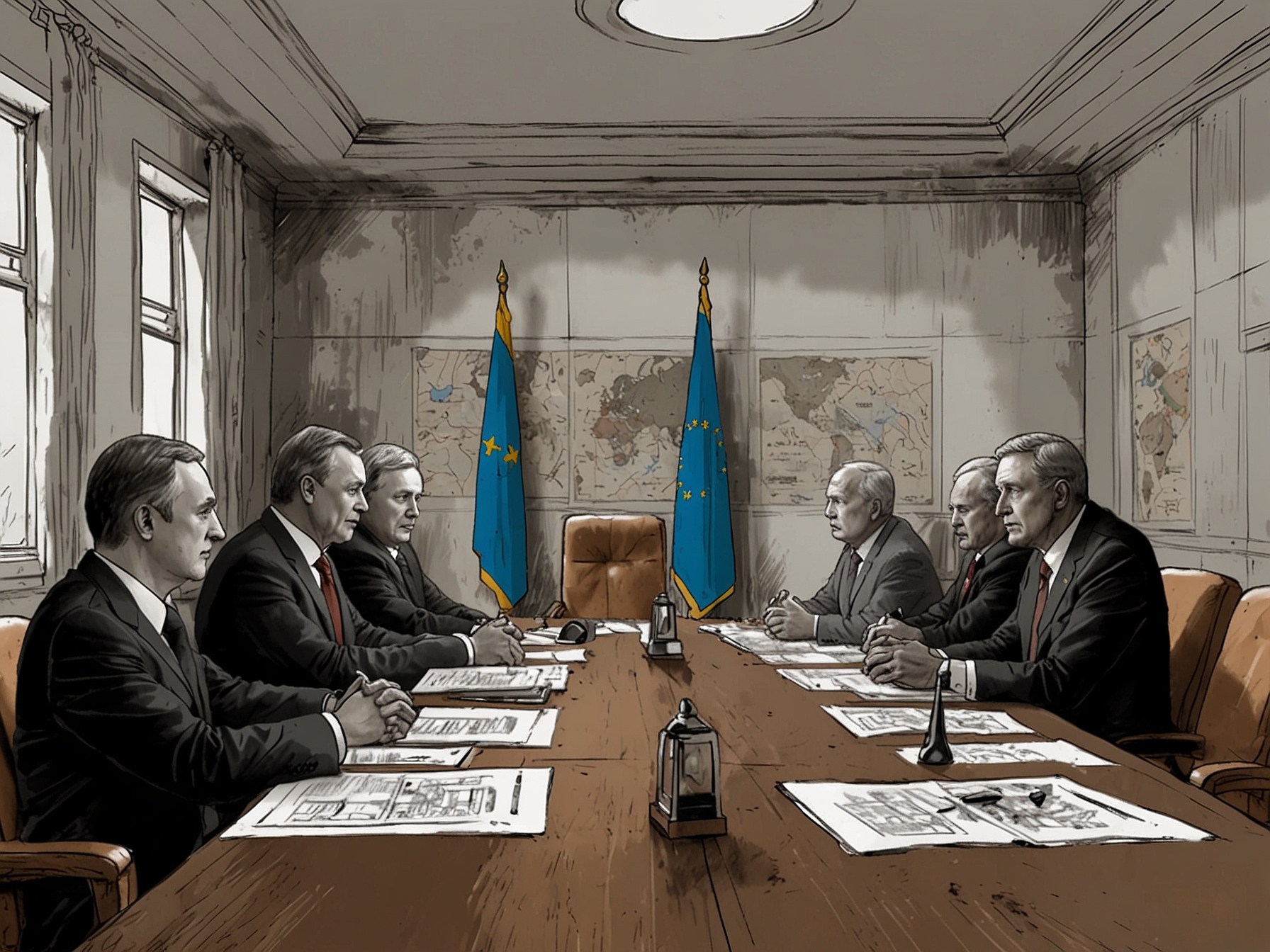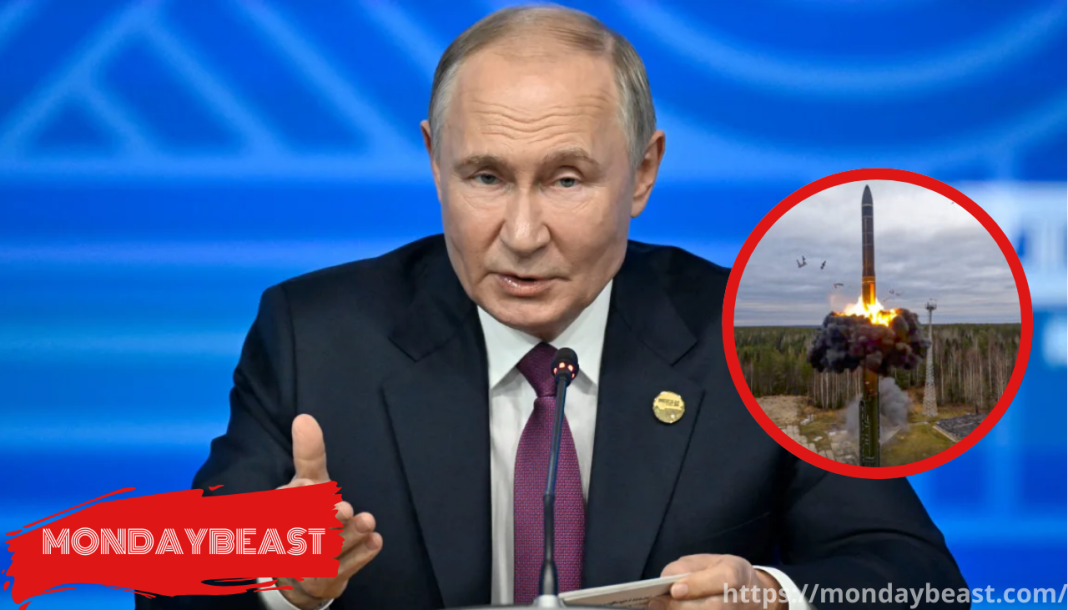Introduction to a New Nuclear Reality
In a significant and alarming shift, President Vladimir Putin has now refined Russia’s nuclear doctrine. This change arrived just two days after President Joe Biden granted Ukraine the green light to strike targets inside Russia. Why does this matter? The implications are vast and could reshape how the world views nuclear threats.
Under the updated doctrine, Moscow is delivering a stark message. Any aggression from a non-nuclear nation—especially when backed by a nuclear state—could be interpreted as a joint attack on Russia itself. This alteration raises serious questions about what constitutes hostility on the world stage. Isn’t it chilling to think about the thin line that now separates conventional warfare from nuclear engagement?

In essence, the Kremlin seems to have lowered the bar for nuclear weapon use. This has historical roots that trace back to decades of Cold War paranoia. Each adjustment signals an increasingly fraught chess game between superpowers. The stakes? Potentially catastrophic.
Bushfires of Conflict
Consider the timing of this announcement. Just as Russia claims Ukraine used U.S.-made ATACMS missiles to strike Bryansk, the tension escalates. If this claim is verified, it would represent a significant leap in Ukraine’s military capability, further heightening these explosive dynamics.
What does this mean for civilian lives caught in the crossfire? The new doctrine makes explicit that Moscow could retaliate if facing conventional aggression. Kremlin spokesperson Dmitry Peskov articulated the government’s position, emphasizing the right to launch nuclear weapons if conventional strikes strike at Russia or even its ally, Belarus.

It presents a deeply concerning narrative for those seeking lasting peace in the region. This theory of mutually assured destruction, while familiar, has now taken on a renewed sense of urgency. Are global citizens, especially in the West, adequately aware of these rapidly evolving threats?
A Broader Context of Nuclear Sabre-Rattling
The updates to Russia’s nuclear strategy are not isolated incidents. They echo a persistent and repeated narrative since the invasion of Ukraine began. In fact, it feels like a drumbeat of dread, with each announcement raising the stakes a notch higher.
Do we arrive at a point where rhetoric transforms into reality? Earlier this year, French President Emmanuel Macron’s comments about possible troop deployments provoked a corresponding show of force from Putin. Forget the diplomatic niceties; this is a stark reminder that the language of war often shapes policy.

How long until rhetoric starts to materialize into reckless actions? The Kremlin has framed Western military support as an existential threat. Calls from Russia claiming “enormous risks” of Western arms to Ukraine have become commonplace.
Clearly, there exists a narrative that seeks to portray any increase in Ukraine’s military power as an infringement on Russia’s sovereignty. But is this narrative merely a smokescreen for deeper insecurities?
Shifting Red Lines
When looking at the historical trajectory of Russia’s nuclear doctrine, a notable evolution emerges. Previously, a nuclear strike was justified only if the “very existence of the state” was threatened. Now, Moscow’s revised doctrine indicates it might act in response to what it perceives as “critical threats.”
The chilling normalization of such threats raises moral dilemmas for policymakers worldwide. As the doctrine further refines terms from September, it now lists new conventional weapons whose deployment could trigger nuclear responses. It risks turning regional conflicts into global crises overnight.
Is a stable world now more of a fantasy than a reality? In essence, this maneuver positions any assault—especially one involving nuclear backing—as a joint attack. It’s a fraught game played with nuclear cards. As tensions swell, what does this mean for the global geopolitical climate? The implications are potentially devastating.
Western Capability and Response
In response to the Biden administration’s shift allowing the use of ATACMS, Russian officials have voiced outrage. The Kremlin’s claims that Biden’s approval is akin to igniting the flames are filled with hyperbole. Yet, the reality remains: the upper echelon in Moscow appears increasingly convinced that this move jeopardizes peace.
Speculation looms around the future strategies of the incoming U.S. administration under President-elect Donald Trump. Trump has made statements about wanting to resolve the conflict efficiently but hasn’t committed to a clear strategy. It leaves a nagging uncertainty about how the geopolitical landscape might evolve.
Will there be more engagement or a retraction? Amidst the chaos, Trump Jr. shared concerns about the military-industrial complex. He characterized the current maneuvers as almost preordained steps toward nuclear confrontation.
This perception underscores a broader feeling that the current strategy might push the world nearer to a global clash that many dread.
Conclusion: The Cost of Escalation
The updates to Russia’s nuclear strategy come with intimidating consequences that ripple well beyond national borders. As leaders like Putin redefine what constitutes aggression, the world stands at an intersection of conflict and catastrophe. Are we prepared for the implications of these actions? The potential costs loom high, and the debate will shape policy discussions for years to come.
Russia’s aggressive stance complicates matters. Much of the world watches as this delicate balance shifts, with the specter of nuclear warfare haunting policymakers. And therein lies the question—how do nations navigate an escalating situation where traditional deterrents seem increasingly insufficient?
The specter of history casts a long shadow. Both leaders and citizens must confront the reality that decision-making today could have grave implications tomorrow.




